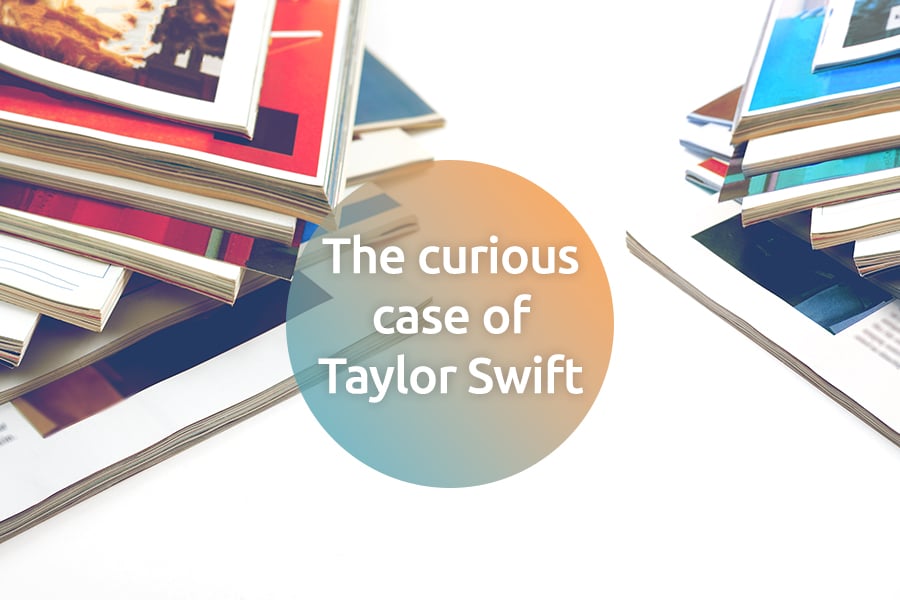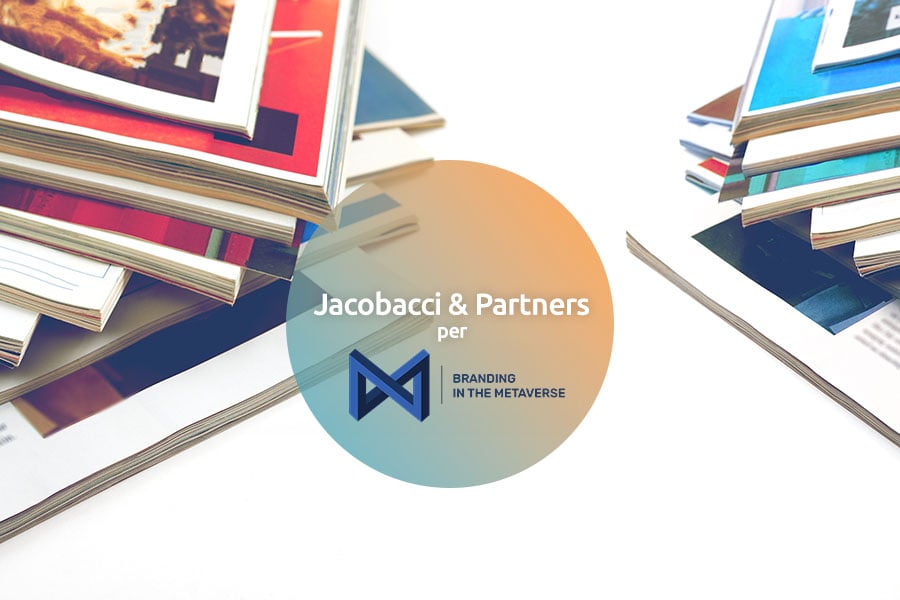In SI Engineering Srl v Lantek Systems Srl the Court of Turin held that when technical information meets all of the requirements for trade secret protection and reverse engineering is difficult, the burden of proof rests with the defendant to show that the technical information was acquired independently.
Facts
In January 2012 SI Engineering Srl sued Lantek Systems Srl and Lantek Sheet Metal Solutions SL ('Lantek SMS') before the Court of Turin for the misappropriation of trade secrets consisting of proprietary technical information and unfair competition.
In the late 1990s SI Engineering developed software for the automatic operation of metal-cutting units (so-called 'SICAM software'). The software allowed the user to draw two-dimensional (2D) models of items to be manufactured and to arrange these models on a virtual worksheet in the optimal way to produce the largest number of items with the smallest amount of leftover scrap material.
The software provided working instructions to the cutting units and stored 'icons' in suitable libraries for subsequent reprocessing uses. The software was proprietary and unencrypted, and although the icons were stored as binary file codes, reverse engineering was extremely difficult because of a variable-length code obtained through random and redundant code elements.
In addition, both a geometric code and a technical code were engineered using the same code sequences, but carrying completely different meanings, thereby exponentially increasing the difficulty of interpreting the content of the binary code files.
Despite these efforts to protect its software, SI Engineering discovered that Lantek Systems and Lantek SMS were marketing software products that were perfectly compatible with SICAM-generated icons. Lantek’s software allowed for the importation of SICAM-generated models from existing libraries by clicking an 'import' icon and by showing 'SI file' among the available formats in the format menu. In short, Lantek’s software performed all of the same functions as SI Engineering’s SICAM software.
Accordingly, SI Engineering filed suit against Lantek Systems and Lantek SMS for misappropriation of trade secrets and unfair competition.
Decision
The Court of Turin found that SI Engineering’s technical information for storing icons satisfied the requirements for trade secret protection under Article 98 of the Industrial Property Code. More precisely, the technical information was found not to be generally known or easily accessible to someone skilled in this field, principally due to the difficulty of reverse engineering.
The court noted that this information had unquestionable economic value for SI Engineering because the income it derived from marketing the software – and the loyalty of its customers – was significant. The court also found that SI Engineering had taken reasonable measures to keep the technical information secret by providing code sequences with different meanings and using mechanisms that generated redundant code elements.
To satisfy the requirement of secrecy, the court held that the software did not need to make the protected information impossible to discover; but rather, it was sufficient that such information was not generally known or readily accessible to someone skilled in this field.
Therefore, the court concluded that the software created by Lantek Systems and Lantek SMS allowed for the successful acquisition and processing of SICAM-generated icons and constituted use of secret information under Article 98 of the code.
The court also found that use of this software constituted unfair competition (pursuant to Article 2598(3) of the Civil Code) because the defendants made use of the plaintiff's confidential information, operated in the same market and engaged in activity that was inconsistent with the principles of professional fairness, resulting in damage to the plaintiff. The defendants advertised their software as being capable of successfully importing SI files, used such software and offered maintenance, updates and technical support. The court found this sufficient to prove unfair competition.
With respect to whether the defendants’ actions qualified as the misappropriation of trade secrets, SI Engineering demonstrated that two of Lantek Systems’ partners were former employees of Computer Braidese Srl, a company acquired by SI Engineering in 1999, along with the source code of the SICAM software.
Article 99 of the Industrial Property Code defines 'lawful use' of secret information as use that is achieved independently of the holder of the trade secret. However, the burden of proving the existence of this exception rests with the defendant, which must demonstrate the independent acquisition of the technical information. In the case at hand, Lantek System and Lantek SMS failed to provide any evidence of having obtained the source code for SICAM software through reverse engineering or other independent means.
Therefore, the court found the defendants' behaviour to be unlawful within the meaning of Articles 98 and 99 of the Industrial Property Code and ordered the defendants to render the function of importing SI files immediately inoperative.
Comment
The Court of Turin has clarified the application of trade secret protection rules to technical information and software-generated file codes, in this case in regard to the development of 2D icons, finding that protection is warranted where reverse engineering is shown to be extremely difficult and the plaintiff had taken reasonable steps to keep the technical information secret. The court also highlighted that while independent development of a trade secret is lawful in principle, in this case the defendants had not met the burden of proof.




